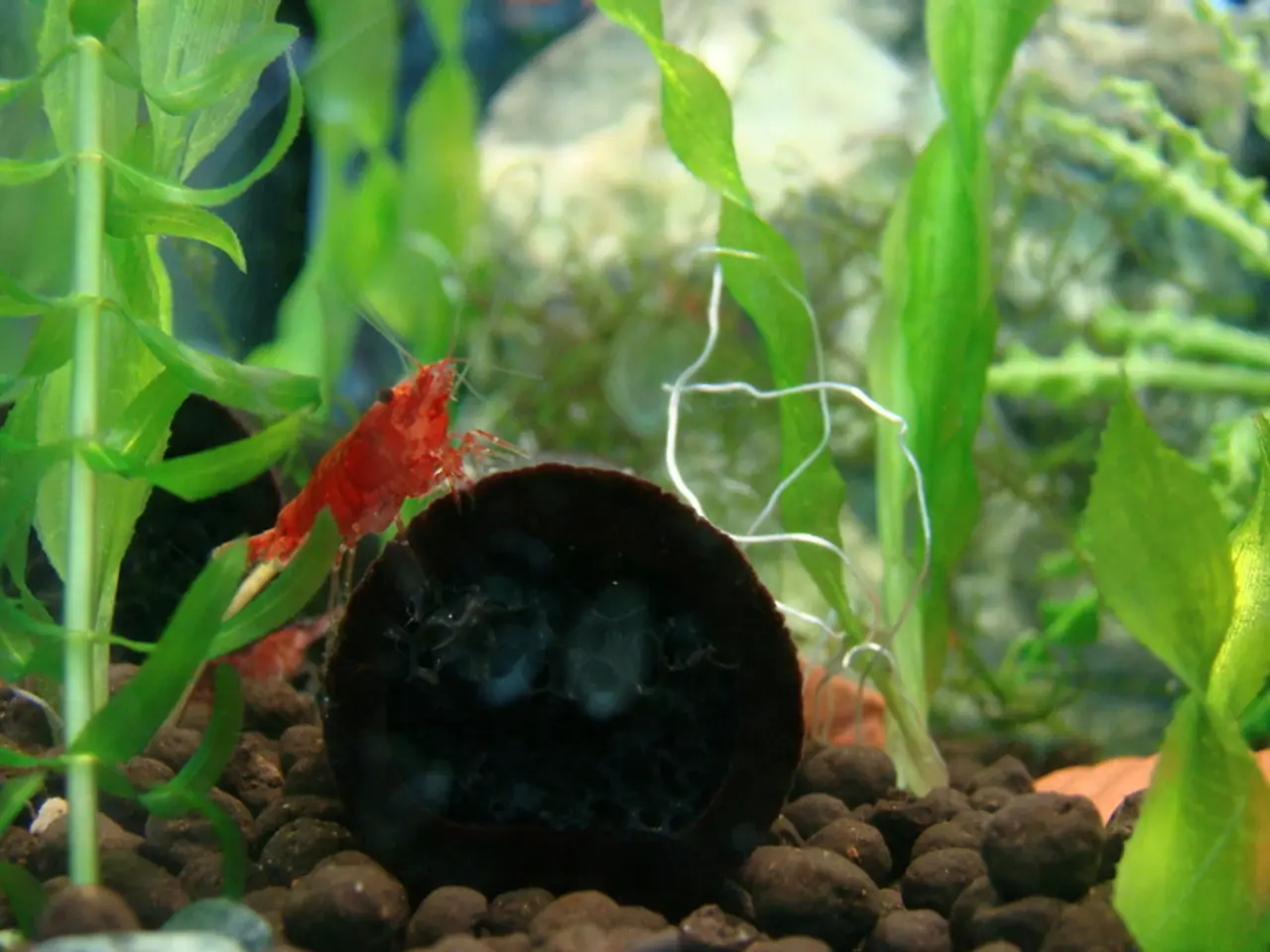Groundbreaking Research by Scientists Yields Fuel Production from Solar Energy
In a significant breakthrough, researchers at the University of Basel, Switzerland, have successfully created a molecule from plants that can store up to four charges using sunlight. This discovery, led by Professor Oliver Wenger and Mathis Brandlin, marks a ground-breaking advancement in the field of artificial photosynthesis.
The new molecule, designed to store positive and negative charges simultaneously, overcomes the limitations set by previous laser-based methods. Unlike its predecessors, this molecule operates under dimmer lights, making solar fuel production a reality.
Artificial photosynthesis is a human mimicry of naturally occurring photosynthesis, converting carbon dioxide and water molecules into energy carriers like hydrogen under sunlight. The new molecule created by the researchers is inspired by plants' photosynthesis process.
The new model uses a stepwise excitation method, allowing for the use of significantly dimmer light, approaching sunlight intensity. In this process, a first flash of light generates a positive and a negative charge, and the second flash leads to four charges in total.
Previous experiments in the field remained unsuccessful due to significant limitations, including cost, efficiency of the catalyst, durability of materials, and scalability to a commercial level. However, the new model, with its carbon-neutral production, could revolutionize the production of environmentally friendly fuels.
Professor Oliver Wenger, a chemist at the University of Basel, has been involved in experiments developing a molecule activated by light exposure. This new experiment provides a better understanding of how electron transfer occurs in the artificial photosynthesis system, paving the way for future advancements in the science of using sunlight to generate carbon-neutral fuels.
The project aims to make a significant advancement in the science of using sunlight to generate carbon-neutral fuels. With this new model, the production of solar fuels could potentially become a reality, contributing to a more sustainable future.








